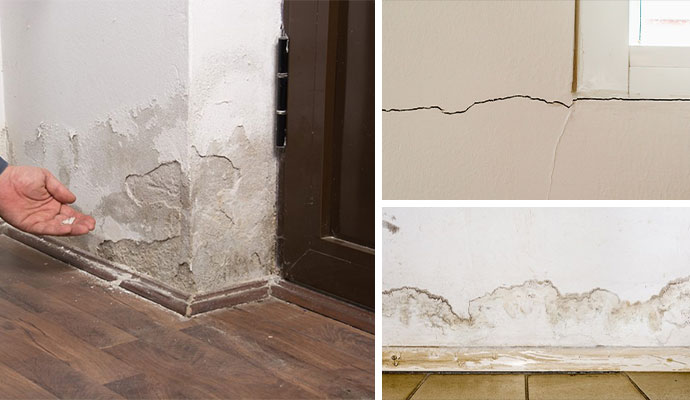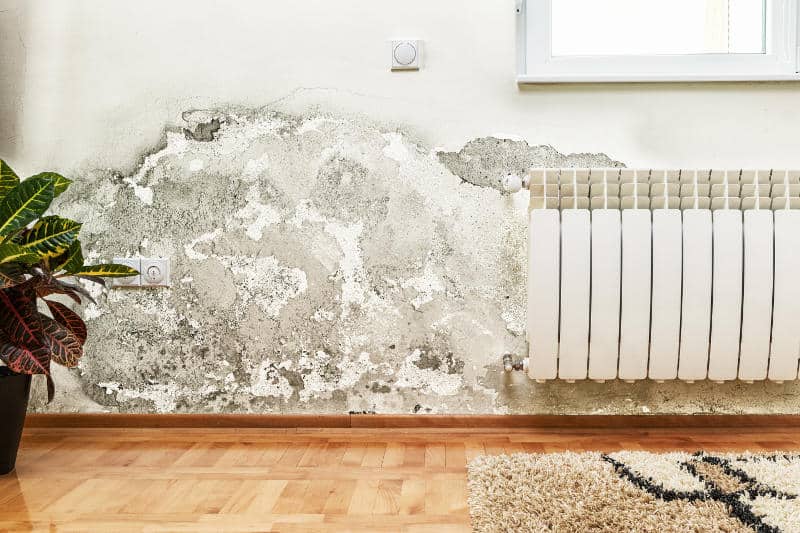Stains from Water on Walls: Inspecting and Repairing Procedures
Stains from Water on Walls: Inspecting and Repairing Procedures
Blog Article
Every person will have their own unique idea when it comes to Water Stains on Walls.

Water spots on wall surfaces are not enjoyable to the eyes. Occasionally it seems nearly inevitable to experience water spots on wall surfaces in homes.
Property owners living in humid areas continuously deal with the concern of water discolorations on walls. With accurate as well as well-rounded information on the causes of water discolorations as well as prompt repair procedures, you will constantly be an action ahead of such incidents.
3 Common Reasons For Water Stains on Walls
Contrary to popular belief, water stains on walls do not constantly stem from bad structure products. There are several root causes of water discolorations on walls. These include:
Moist
When warm wet air meets dry cold air, it triggers water droplets to base on the wall surfaces of structures. This occurs in kitchens and bathrooms when there is vapor from food preparation or showers. The water droplets can stain the bordering walls in these parts of your house as well as infect various other locations.
Wet or condensation affects the roofing as well as walls of structures. This triggers them to appear darker than other locations of the home. When the wall surface is wet, it produces a suitable setting for the growth of germs as well as fungis. These might have adverse effects on wellness, such as allergies and respiratory system disorders.
Poor Drain
When making a structure strategy, it is important to make certain ample drainage. This will certainly protect against water from seeping into the walls. Where the water drainage system is blocked or missing, below ground moisture builds up. This web links to too much dampness that you see on the wall surfaces of your building.
The leading cause of wet walls, in this instance, can be a poor drainage system. It can also be due to inadequate monitoring of sewage pipes that go through the structure.
Pipe Leaks
A lot of homes have a network of water pipes within the wall surfaces. It always boosts the feasibility of such pipelines, as there is little oxygen within the wall surfaces.
A drawback to this is that water leakage affects the walls of the structure and also creates prevalent damages. An indicator of malfunctioning pipelines is the appearance of a water stain on the wall surface.
Pro Tip
A houseplant in your house likewise enhances its humidity. If the house is already humid, you may want to introduce houseplants with minimal transpiration. An example of ideal houseplants is succulents.
Water Discolorations on Wall Surface: Repair Service Tips
When dealing with water stains, homeowners would usually want a fast solution. Yet, they would certainly soon realize this is counterproductive as the water discolorations repeat. Here are a few useful tips that will guide you in the repair of water discolorations on wall surfaces:
Verdict
Although nobody wants to have water discolorations on walls in their home, it can take place to the very best people. This write-up gives you utilize, as you currently know exactly how to manage this mishap if it does happen.
It is always best to recruit expert solutions to aid fix the damages in your home.
Sometimes it seems almost unavoidable to experience water spots on walls in homes.
Contrary to preferred idea, water spots on walls do not always stem from inadequate building materials. There are a number of reasons of water spots on walls. The water droplets can stain the surrounding walls in these components of your house as well as spread to other areas.
Here are a couple of useful suggestions that will certainly guide you in the repair service of water discolorations on walls:
CHECKING FOR WATER DAMAGE
Water damage can be costly, and it may begin before you even notice the first signs of trouble. Water damage can cause mold and mildew in your walls and floors, which can create an abundance of health concerns for your family. It can also lead to costly repairs of various appliances and general home fixtures. To avoid the pricey consequences of water damage, here are Warner Service’s top 5 places you should check:
The walls – The easiest place to spot the beginnings of water damage is on the walls and ceilings of your home. If water damage is present, there will most likely be water stains, especially around the windows and doorframes, and/or cracks in the drywall. If a stain looks unusual (discolored to brown, black or gray, raised texture), has a swollen appearance or is soft to the touch, contact a professional immediately. The pipes – To avoid water damage, consistently check the pipes in your kitchen (especially the dishwasher and ice maker), bathrooms, laundry room (specifically washing machines) and basement for corrosion, leaks and water stains. Pay special attention to where the pipes connect in your home and the location of caulking around the bathroom fixtures, including toilets, sinks, showers and tubs. Missing or loose caulking and grout could be signs of leaking water. This seepage can also quickly cause mold and rust, so double check your water heater and tank for wet spots on the floor. The floor – Water damage is very easy to spot on the floor. Look for any warping or buckling of the material, especially in the basement. If your home has wood flooring, look for bright white or dark stains. If your home has carpeting, keep it dry and clean. A damp carpet that smells of mold could cause water damage and health problems. To avoid this, consider installing floor pans under your appliances to help prevent damages from small, slow and undetected leaks. The basement and attic – If your basement or attic smells odd check for mold and mildew around the area, especially the valley where the roof meets. While you are inspecting those areas, check for wall cracks, floor stains, rust and dampness in the insulation. If you live in a colder and/or rainier climate, perform routine checks for water damage from melting snow or ice and rain. The exterior – Check the roof for damaged flashing and missing, cracked or curled shingles. There should also be no standing water anywhere outside your home. This could be caused by puddles, leaky rain gutters or hoses, poor drainage, or short gutter spouts. Invest in a sump pump system or water flow monitoring system, and perform routine maintenance on these outdoor appliances to avoid indoor water damage.

We were shown that article on Indicators of Water Damage Behind Walls through a friend on our other web address. Enjoyed our write up? Please share it. Let another person find it. I appreciate reading our article about How to Remove Water Stains from Walls and Ceilings.
Get the best, ring us! Report this page